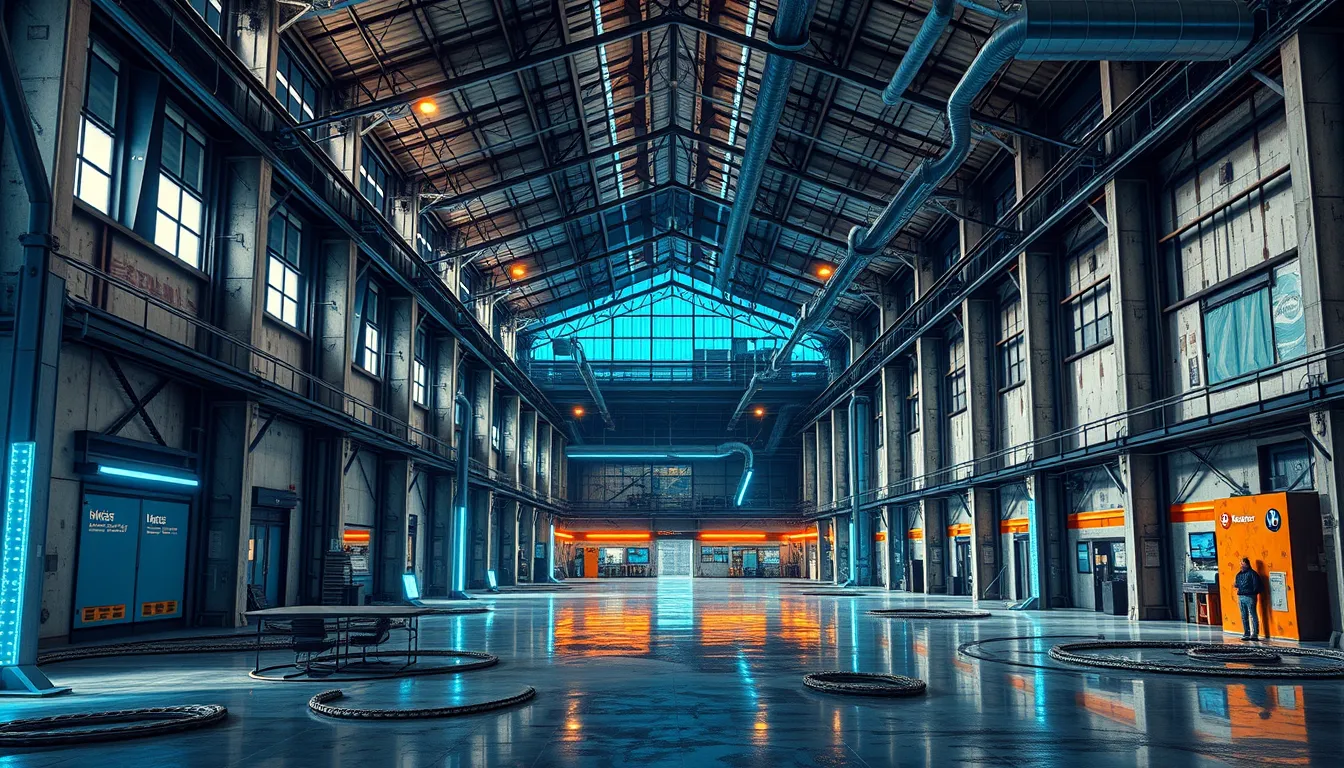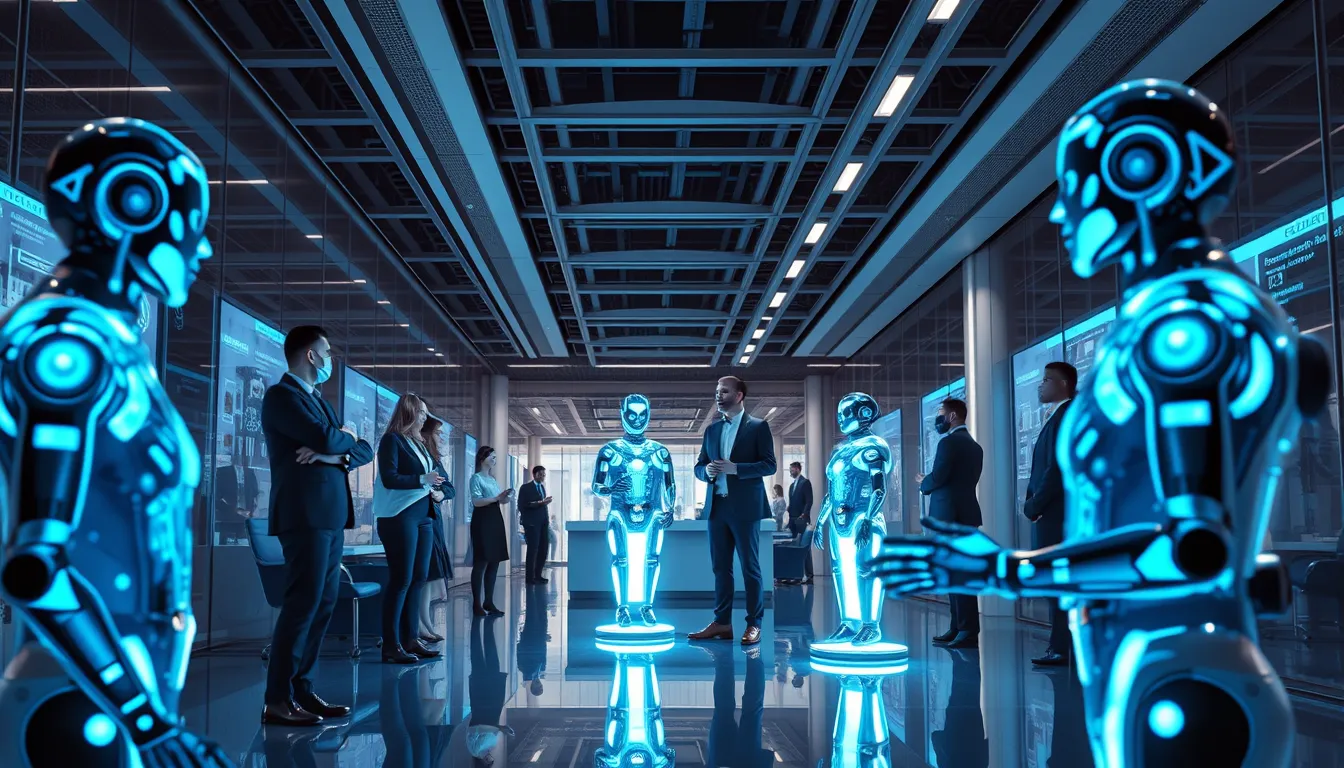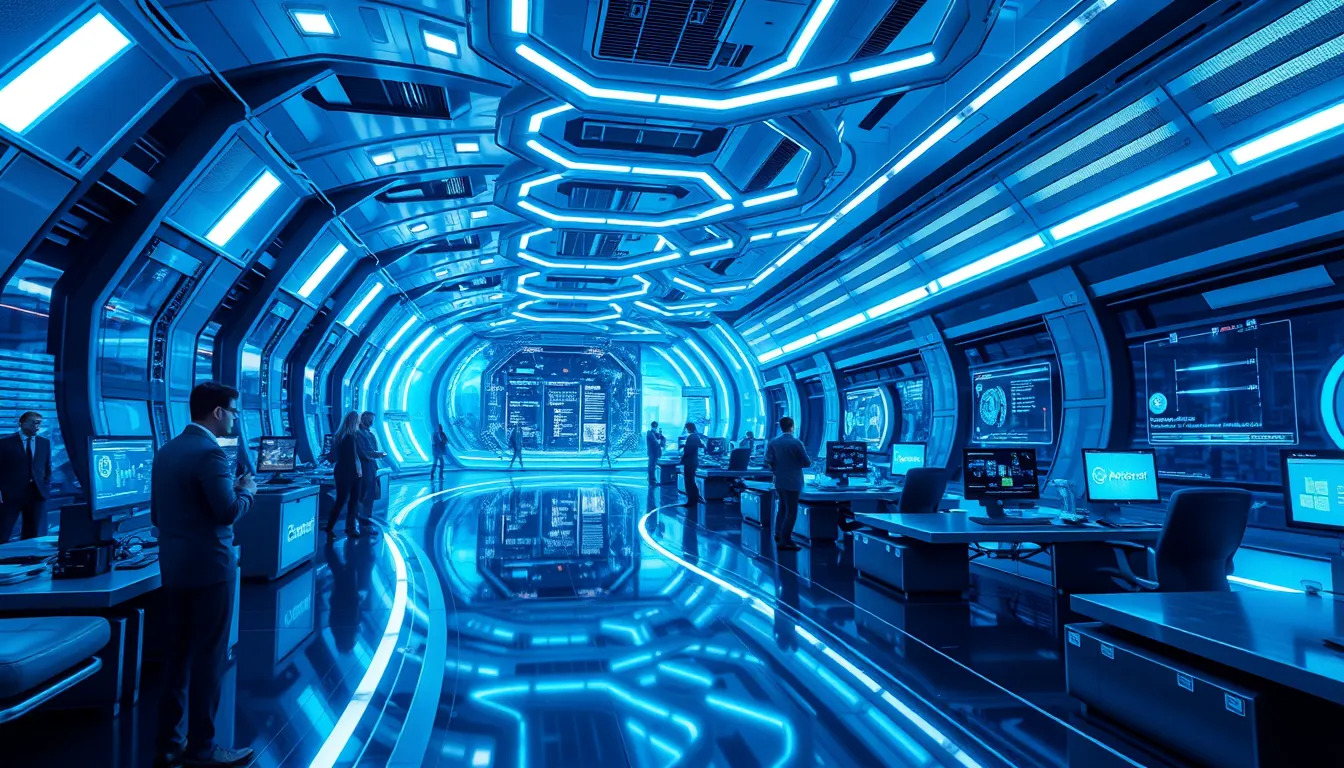Now Reading: Innovative Microsoft AI Data Center: Industrial Transformation
-
01
Innovative Microsoft AI Data Center: Industrial Transformation
Innovative Microsoft AI Data Center: Industrial Transformation

Innovative Microsoft AI Data Center: Industrial Transformation
In an era marked by rapid technological evolution, the Microsoft AI data center initiative is spearheading change by repurposing vacant industrial spaces. With a focus on high-performance computing and sustainable design, this project exemplifies how outdated manufacturing assets can be reborn into cutting-edge digital infrastructure. This article explores the technological, economic, and environmental aspects of this bold project.
Overview of the Microsoft AI Data Center Project
Microsoft has teamed up with Foxconn to convert underutilized industrial facilities into a state-of-the-art data center. This initiative, centered on the Microsoft AI data center, highlights the trend of repurposing industrial spaces for AI computing. The collaboration not only demonstrates Microsoft’s commitment to expanding its digital infrastructure but also sets a precedent for sustainable industrial AI transformation.
The Transformation Process
At the heart of this initiative is an ambitious transformation process which involves:
- Upgrading vacant manufacturing spaces with modern, high-performance computing equipment.
- Installing state-of-the-art cooling systems and robust power distribution networks to handle intensive AI operations.
- Enhancing connectivity with high-bandwidth networks critical for advanced processing tasks.
These modifications ensure the facility is not just powerful but also energy efficient, aligning with Microsoft’s green technology vision. By repurposing industrial spaces for AI computing, the project leverages a unique blend of legacy industrial architecture and futuristic technology.
Technological Innovations and Infrastructure Upgrades
The Microsoft AI data center is designed to integrate the latest in computational hardware, including next-generation GPUs and specialized AI chips. Such high-end components are critical for handling advanced tasks like natural language processing and computer vision. The robust infrastructure will support Microsoft’s Azure cloud services, which are essential for modern AI applications.
Key infrastructure enhancements include:
- Advanced cooling technologies that manage extreme heat generated by high-performance components.
- Sustainable power distribution networks that minimize energy consumption while maximizing output.
- High-bandwidth connectivity systems necessary for real-time data processing.
Dedicated Section: Repurposing Industrial Spaces for AI Computing
A standout aspect of this project is the dedicated focus on repurposing industrial spaces for AI computing. This innovative strategy involves converting long-abandoned manufacturing facilities into hubs of technological activity. By transforming vacant buildings, the project not only preserves historical industrial footprints but also injects new life into them through state-of-the-art AI infrastructure.
This process requires careful planning and execution:
- Assessing the structural integrity of existing facilities.
- Implementing necessary renovations to meet modern computing requirements.
- Integrating renewable energy sources to power the high-performance computing systems sustainably.
The result is a data center that represents the perfect balance of legacy and innovation, serving as a beacon of industrial space transformation and sustainable digital growth.
Economic and Environmental Benefits
The transformation of industrial spaces through projects such as the Microsoft AI data center has profound economic and environmental implications. Economically, areas surrounding the newly established data centers can experience a resurgence in activity. Job creation in tech-related fields—including engineering, network operations, and AI maintenance—is a key benefit. Local businesses may also see improved economic activity as the data center draws in a skilled workforce.
On the environmental front, repurposing these facilities minimizes waste and reduces the need for new construction. The project emphasizes sustainability through the use of renewable energy sources and innovative cooling methods, contributing to a lower carbon footprint. This approach is a clear demonstration of sustainable industrial AI transformation and is likely to inspire similar initiatives globally.
Strategic Impact on the Digital Landscape
The Microsoft AI data center is not just a standalone project but a strategic move within a broader digital landscape transformation. By integrating robust AI infrastructure into refurbished industrial spaces, Microsoft is setting new standards for efficiency and sustainability. This transformation has multi-dimensional benefits:
- Enhanced AI performance with high-speed computing powered by modern hardware.
- Reduced energy consumption and promotion of green technologies.
- A model for repurposing industrial spaces for AI computing that other tech giants can emulate.
With direct support available through platforms like Microsoft Azure (visit https://azure.microsoft.com for more details) and comprehensive technical enhancements, the project illustrates the vast potential of merging traditional industrial resources with modern AI applications.
Looking Ahead
As global demand for advanced AI services grows, the Microsoft AI data center initiative is poised to be a cornerstone in the digital revolution. This project not only stands as a significant technological and infrastructural upgrade but also as a symbol of how legacy facilities can be repurposed to support future digital innovations. The strategic repurposing of industrial sites represents an important step towards sustainable development, ensuring that economic progress does not come at the expense of environmental degradation.
In conclusion, Microsoft’s partnership with Foxconn to create the Microsoft AI data center is a pioneering example of how repurposing industrial spaces can transform outdated infrastructures into hubs of modern technological innovation. For more information on Microsoft’s technological advancements, please visit the official Microsoft website at https://www.microsoft.com. Additionally, knowledge about Foxconn’s initiatives can be accessed at https://www.foxconn.com.
This article has discussed the Microsoft AI data center as a rich case study in industrial space transformation, technological innovation, and sustainable growth, inviting stakeholders to consider similar strategies in digital infrastructure development.

























